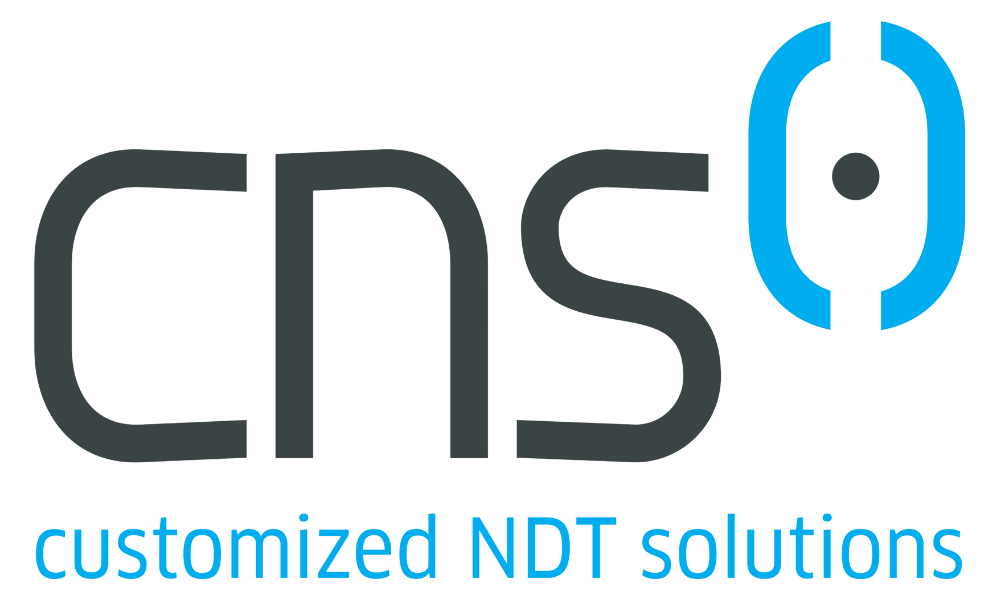Applications
From the initial inquiry to the finished application, we offer you everything from a single source. In doing so, we specifically address your requirements and thus support you in decisively improving the quality of your products.
Compared to destructive testing methods, non-destructive methods have the advantage that the inspected component does not have to be remanufactured. This saves the industrial user money, time and additional personnel resources.
The test methods used in non-destructive testing ensure the required quality and freedom from defects. This helps your company prevent accidents, environmental damage and property damage. The equipment found to be technically sound operates without downtime, and you can continue to meet production and delivery deadlines. Only defective parts are assigned to the scrap.

Crack testing
Crack detection is an indispensable step in materials testing to detect possible cracks or crack initiation in materials or components at an early stage. It plays a crucial role in ensuring the quality, safety and reliability of products in various industries.
Crack testing
Crack detection is an indispensable step in materials testing to detect possible cracks or crack initiation in materials or components at an early stage. It plays a crucial role in ensuring the quality, safety and reliability of products in various industries.
Microstructure test
The microstructure of a material has a direct influence on its mechanical properties and performance. Therefore, it is crucial to study the microstructure to evaluate the quality, strength and workability of a material.
Microstructure test
The microstructure of a material has a direct influence on its mechanical properties and performance. Therefore, it is crucial to study the microstructure to evaluate the quality, strength and workability of a material.
Grinding burn test
Grinding burn testing is a method of materials testing used primarily to examine the surface condition and layer thicknesses of coatings. It is particularly relevant in certain areas of metal processing, surface technology and the paint industry.
Grinding burn test
Grinding burn testing is a method of materials testing used primarily to examine the surface condition and layer thicknesses of coatings. It is particularly relevant in certain areas of metal processing, surface technology and the paint industry.
Pipe inspection
Pipe inspection includes various techniques and procedures, such as non-destructive testing, pressure testing or ultrasonic testing. These methods are used to detect potential cracks, corrosion, material defects or leaks in pipes and ensure their quality, safety and reliability.
Pipe inspection
Pipe inspection includes various techniques and procedures, such as non-destructive testing, pressure testing or ultrasonic testing. These methods are used to detect potential cracks, corrosion, material defects or leaks in pipes and ensure their quality, safety and reliability.
Coating thickness measurement
Methods of coating thickness testing are, for example, non-destructive methods such as eddy current testing, ultrasonic testing or the magnetic induction method. The aim is to ensure that coated materials meet the desired quality standards and can fulfill their function optimally.
Coating thickness measurement
Methods of coating thickness testing are, for example, non-destructive methods such as eddy current testing, ultrasonic testing or the magnetic induction method. The aim is to ensure that coated materials meet the desired quality standards and can fulfill their function optimally.
